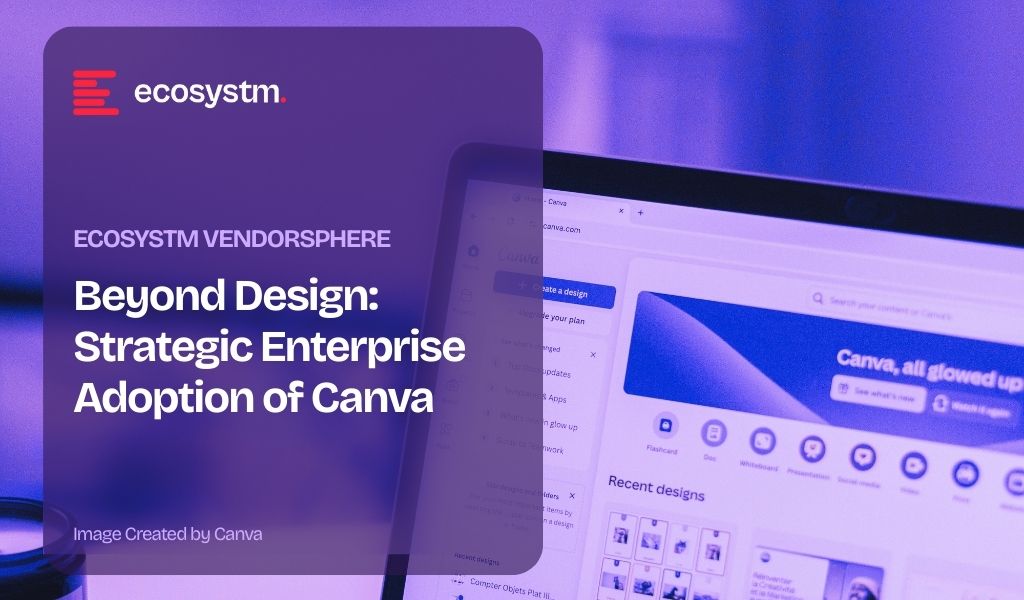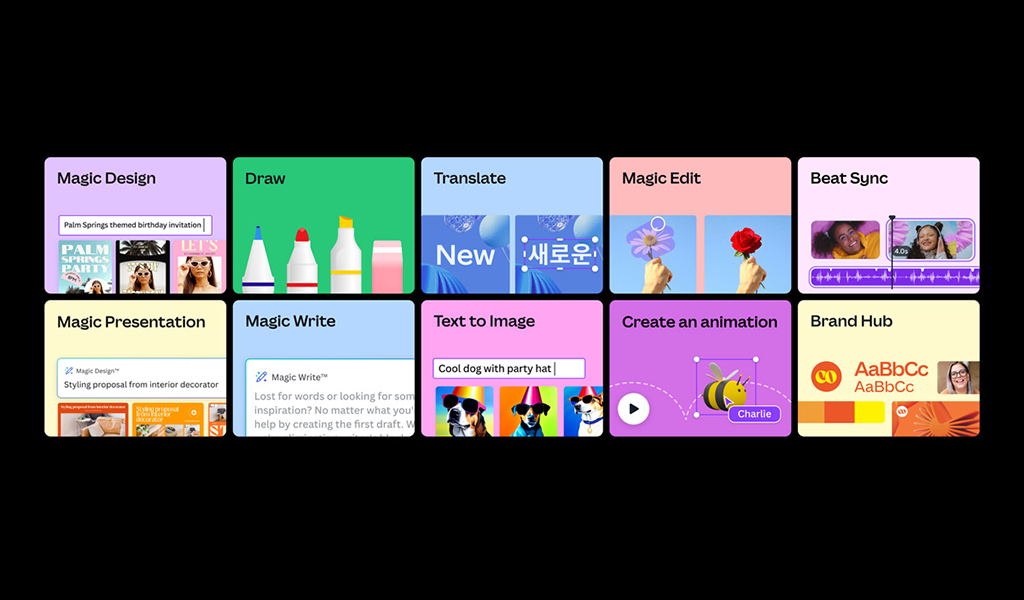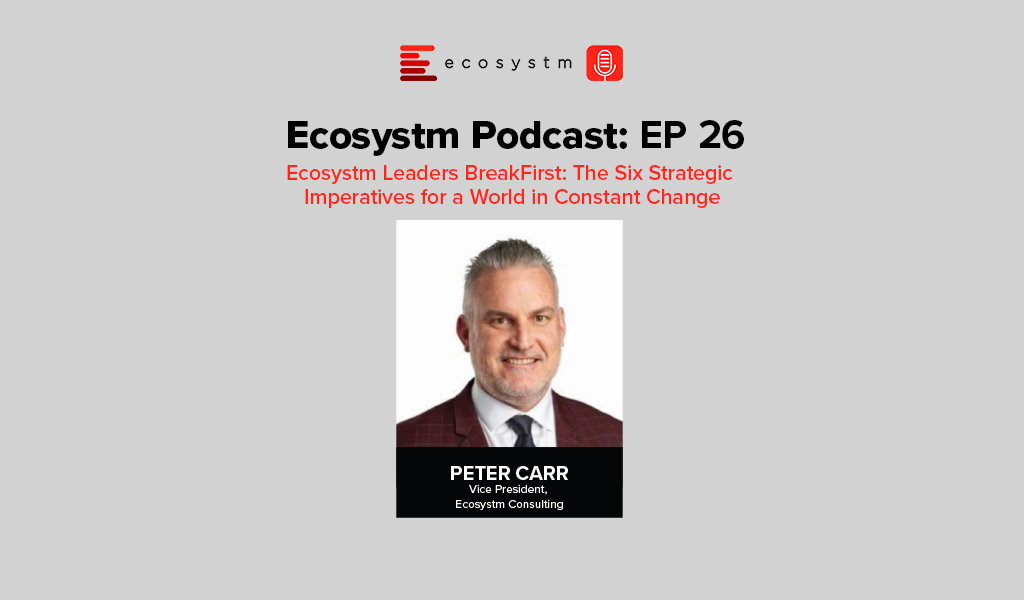
GenAI AI has truly transformed content creation by automating text, image, and video generation from simple prompts, slashing the time and skills once needed. Canva leads this shift, blending an intuitive interface with expansive templates and cutting-edge AI tools. This empowers anyone – individuals or businesses – to produce professional-quality visuals with ease, breaking down barriers and making design truly accessible.
Canva’s “Create 2025” event in Los Angeles showcased its evolution from a simple design tool into a full enterprise platform for productivity, content creation, collaboration, and brand management – embedding visual communication across the modern workplace. For tech teams, marketers, and leaders, this shift brings opportunity but also demands careful strategy, integration, and governance to unlock Canva’s full potential in enterprise settings.
Canva Create 2025: Key Announcements
Visual Suite 2.0: A Unified Workspace & Single Design Canvas. Canva unveiled Visual Suite 2.0, a seamless platform combining presentations, documents, whiteboards, spreadsheets, and video editing into one design canvas. This unified workspace helps organisations streamline workflows, eliminate tool fragmentation, and ensure consistent visual communication across teams.
Canva Sheets: Where Data Meets Design. Canva Sheets reimagines the spreadsheet by focusing on visualising data with rich charts, colour-coded cells, smart templates, automation, and AI-powered insights. Designed for teams that share data rather than just analyse it, Sheets empowers every user – including the “data shy” – to become a confident data analyst.
Canva AI: GenAI for the Creative Enterprise. The enhanced Magic Studio integrates AI-driven writing, image editing, template creation, and video animation into one toolset. Features like Magic Write, Magic Design, and Magic Animate enable teams to create branded, engaging content at scale – quickly and cost-effectively – across the entire Canva platform.
Canva Code: Low/No-Code Interactive Content. Canva Code enables users to build interactive content such as calculators, quizzes, websites, apps, and chatbots without complex coding. Combining this with Canva’s design and brand management tools lets teams create on-brand digital experiences and publish them to customers in minutes – transforming everyone into a coder and accelerating customer-facing innovation.

Why Enterprises Should Adopt Canva
Canva’s evolution into an enterprise platform offers several key advantages for larger organisations:
- Streamlined Workflows. A unified workspace and single design canvas cuts the need to switch between tools, boosting efficiency and team collaboration.
- Brand Consistency at Scale. Centralised brand controls and template governance ensure all content – from marketing to regional sales – stays on-brand. For example, eXp Realty’s central design team creates assets that agents nationwide confidently use, maintaining brand integrity.
- Scalable Content Creation. GenAI accelerates content creation and localisation, while Canva Sheets lets designers update assets at scale, reducing days of work to a single click.
- Cross-Functional Collaboration. By making design accessible, Canva empowers marketing, operations, sales, and finance teams to collaborate seamlessly on visuals, cutting bottlenecks.
- Lower Barriers to Creativity. With an easy-to-learn platform, more employees can contribute to visual storytelling without needing design expertise.
Beyond Licensing: Strategic Enterprise Adoption
Successful enterprise adoption of tools such as Canva goes beyond licensing – it requires organisational change. Here’s how enterprises can prepare:
1. Integration with the Digital Workplace Ecosystem
Enterprises must integrate new platforms with the broader toolset employees use daily. Without this, they risk becoming just another siloed app, limiting adoption and ROI.
- Enable SSO and identity management (e.g. via Azure AD or Okta).
- Integrate with storage platforms like SharePoint, Google Drive, or Box.
- Connect to collaboration and productivity tools such as Slack, Teams, Trello, and Salesforce.
2. Structured Training and Enablement
Though intuitive, enterprise features require tailored training to boost adoption and build a self-sustaining user community. Customers benefit from dedicated support – including brand kit setup, onboarding, billing, SSO configuration, and company-wide training with a dedicated Customer Success Manager.
- Deliver role-based training for marketers, HR, sales, and support.
- Establish champions in each business unit to drive adoption.
- Provide regular updates and tips as new features launch.
3. Design Governance and Brand Control
Enterprises must address concerns around brand fragmentation. This ensures that the platform acts as brand enabler – not a brand risk.
- Set up Brand Kits to enforce logos, fonts, and colours.
- Use locked templates for consistency while enabling localisation.
- Create layered permission structures to reflect organisational hierarchy.
4. Data Security, Compliance and Governance
As with any enterprise SaaS platform, security and compliance must be foundational and built into the rollout plan from day one.
- Understand data residency and privacy policies.
- Use admin controls, usage analytics, and audit logs to maintain oversight.
- Define clear policies for external sharing and publishing.
5. Defining Success Metrics
Adoption should be measured by capturing metrics that enable IT and marketing leaders to demonstrate value to the C-suite.
- Benchmark operations before and after rollout.
- Track usage, asset creation, and publishing speed.
- Monitor template use versus freeform content to gauge brand adherence.
- Survey users on productivity improvements and satisfaction.
Driving Adoption and Innovation: The Tech Team’s Mandate
For the success of tools such as Canva in enterprise settings, technology teams must move beyond gatekeeping and become proactive enablers of adoption and innovation. This involves integrating them smoothly with identity management, storage, productivity, and collaboration tools to deliver a seamless user experience. At the same time, they must enforce strict security and access controls, manage user provisioning, and monitor usage to ensure compliance and safeguard sensitive data.
But technology’s role doesn’t stop at governance. Teams need to set clear internal service standards, build strong vendor relationships, and drive consistent rollout across the organisation. Crucially, they should partner with business units to co-develop templates, embed these tools into daily workflows, and experiment with new features like AI-powered design, localisation, and self-service content creation.
Ecosystm Opinion
Canva is no longer just a tool for simple social posts or pitch decks; with its latest updates at Create 2025, it has evolved into a core platform for modern, visual-first enterprise communication. To fully realise this potential, organisations must approach Canva like any other critical enterprise platform – implementing the right structure, strategy, security, and support. For companies aiming to empower teams, speed up content creation, and maintain brand consistency at scale, Canva is now poised to take centre stage.







